US Airways 2008 Annual Report Download - page 15
Download and view the complete annual report
Please find page 15 of the 2008 US Airways annual report below. You can navigate through the pages in the report by either clicking on the pages listed below, or by using the keyword search tool below to find specific information within the annual report.-
 1
1 -
 2
2 -
 3
3 -
 4
4 -
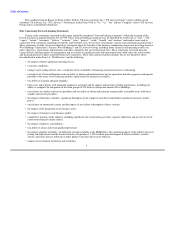 5
5 -
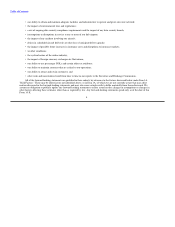 6
6 -
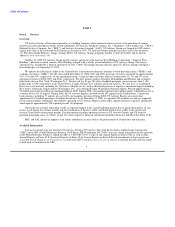 7
7 -
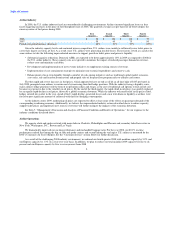 8
8 -
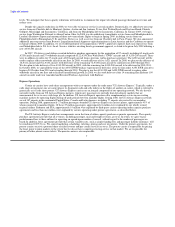 9
9 -
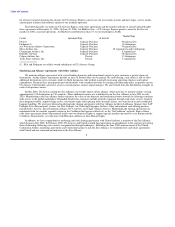 10
10 -
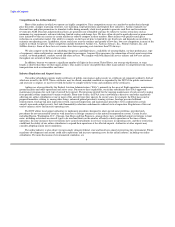 11
11 -
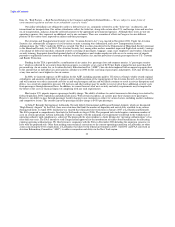 12
12 -
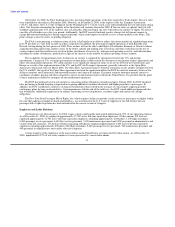 13
13 -
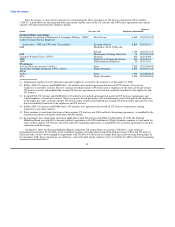 14
14 -
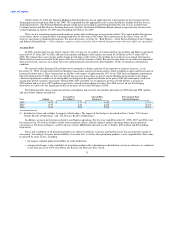 15
15 -
 16
16 -
 17
17 -
 18
18 -
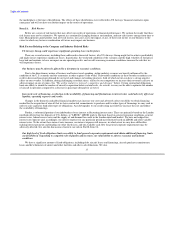 19
19 -
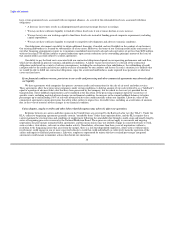 20
20 -
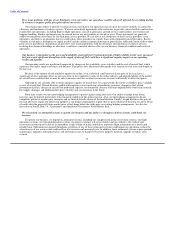 21
21 -
 22
22 -
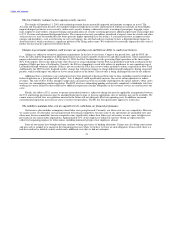 23
23 -
 24
24 -
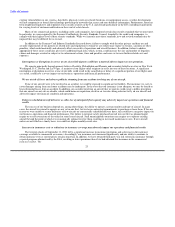 25
25 -
 26
26 -
 27
27 -
 28
28 -
 29
29 -
 30
30 -
 31
31 -
 32
32 -
 33
33 -
 34
34 -
 35
35 -
 36
36 -
 37
37 -
 38
38 -
 39
39 -
 40
40 -
 41
41 -
 42
42 -
 43
43 -
 44
44 -
 45
45 -
 46
46 -
 47
47 -
 48
48 -
 49
49 -
 50
50 -
 51
51 -
 52
52 -
 53
53 -
 54
54 -
 55
55 -
 56
56 -
 57
57 -
 58
58 -
 59
59 -
 60
60 -
 61
61 -
 62
62 -
 63
63 -
 64
64 -
 65
65 -
 66
66 -
 67
67 -
 68
68 -
 69
69 -
 70
70 -
 71
71 -
 72
72 -
 73
73 -
 74
74 -
 75
75 -
 76
76 -
 77
77 -
 78
78 -
 79
79 -
 80
80 -
 81
81 -
 82
82 -
 83
83 -
 84
84 -
 85
85 -
 86
86 -
 87
87 -
 88
88 -
 89
89 -
 90
90 -
 91
91 -
 92
92 -
 93
93 -
 94
94 -
 95
95 -
 96
96 -
 97
97 -
 98
98 -
 99
99 -
 100
100 -
 101
101 -
 102
102 -
 103
103 -
 104
104 -
 105
105 -
 106
106 -
 107
107 -
 108
108 -
 109
109 -
 110
110 -
 111
111 -
 112
112 -
 113
113 -
 114
114 -
 115
115 -
 116
116 -
 117
117 -
 118
118 -
 119
119 -
 120
120 -
 121
121 -
 122
122 -
 123
123 -
 124
124 -
 125
125 -
 126
126 -
 127
127 -
 128
128 -
 129
129 -
 130
130 -
 131
131 -
 132
132 -
 133
133 -
 134
134 -
 135
135 -
 136
136 -
 137
137 -
 138
138 -
 139
139 -
 140
140 -
 141
141 -
 142
142 -
 143
143 -
 144
144 -
 145
145 -
 146
146 -
 147
147 -
 148
148 -
 149
149 -
 150
150 -
 151
151 -
 152
152 -
 153
153 -
 154
154 -
 155
155 -
 156
156 -
 157
157 -
 158
158 -
 159
159 -
 160
160 -
 161
161 -
 162
162 -
 163
163 -
 164
164 -
 165
165 -
 166
166 -
 167
167 -
 168
168 -
 169
169 -
 170
170 -
 171
171 -
 172
172 -
 173
173 -
 174
174 -
 175
175 -
 176
176 -
 177
177 -
 178
178 -
 179
179 -
 180
180 -
 181
181 -
 182
182 -
 183
183 -
 184
184 -
 185
185 -
 186
186 -
 187
187 -
 188
188 -
 189
189 -
 190
190 -
 191
191 -
 192
192 -
 193
193 -
 194
194 -
 195
195 -
 196
196 -
 197
197 -
 198
198 -
 199
199 -
 200
200 -
 201
201 -
 202
202 -
 203
203 -
 204
204 -
 205
205 -
 206
206 -
 207
207 -
 208
208 -
 209
209 -
 210
210 -
 211
211 -
 212
212 -
 213
213 -
 214
214 -
 215
215 -
 216
216 -
 217
217 -
 218
218 -
 219
219 -
 220
220 -
 221
221 -
 222
222 -
 223
223 -
 224
224 -
 225
225 -
 226
226 -
 227
227 -
 228
228 -
 229
229 -
 230
230 -
 231
231 -
 232
232 -
 233
233 -
 234
234 -
 235
235 -
 236
236 -
 237
237 -
 238
238 -
 239
239 -
 240
240 -
 241
241 -
 242
242 -
 243
243 -
 244
244 -
 245
245 -
 246
246 -
 247
247 -
 248
248 -
 249
249 -
 250
250 -
 251
251 -
 252
252 -
 253
253 -
 254
254 -
 255
255 -
 256
256 -
 257
257 -
 258
258 -
 259
259 -
 260
260 -
 261
261 -
 262
262 -
 263
263 -
 264
264 -
 265
265 -
 266
266 -
 267
267 -
 268
268 -
 269
269 -
 270
270 -
 271
271 -
 272
272 -
 273
273 -
 274
274 -
 275
275 -
 276
276 -
 277
277 -
 278
278 -
 279
279 -
 280
280 -
 281
281 -
 282
282 -
 283
283 -
 284
284 -
 285
285 -
 286
286 -
 287
287 -
 288
288 -
 289
289 -
 290
290 -
 291
291 -
 292
292 -
 293
293 -
 294
294 -
 295
295 -
 296
296 -
 297
297 -
 298
298 -
 299
299 -
 300
300 -
 301
301 -
 302
302 -
 303
303 -
 304
304 -
 305
305 -
 306
306 -
 307
307 -
 308
308 -
 309
309 -
 310
310 -
 311
311 -
 312
312 -
 313
313 -
 314
314 -
 315
315 -
 316
316 -
 317
317 -
 318
318 -
 319
319 -
 320
320 -
 321
321 -
 322
322 -
 323
323 -
 324
324 -
 325
325 -
 326
326 -
 327
327 -
 328
328 -
 329
329 -
 330
330 -
 331
331 -
 332
332 -
 333
333 -
 334
334 -
 335
335 -
 336
336 -
 337
337 -
 338
338 -
 339
339 -
 340
340 -
 341
341 -
 342
342 -
 343
343 -
 344
344 -
 345
345 -
 346
346 -
 347
347 -
 348
348 -
 349
349 -
 350
350 -
 351
351 -
 352
352 -
 353
353 -
 354
354 -
 355
355 -
 356
356 -
 357
357 -
 358
358 -
 359
359 -
 360
360 -
 361
361 -
 362
362 -
 363
363 -
 364
364 -
 365
365 -
 366
366 -
 367
367 -
 368
368 -
 369
369 -
 370
370 -
 371
371 -
 372
372 -
 373
373 -
 374
374 -
 375
375 -
 376
376 -
 377
377 -
 378
378 -
 379
379 -
 380
380 -
 381
381 -
 382
382 -
 383
383 -
 384
384 -
 385
385 -
 386
386 -
 387
387 -
 388
388 -
 389
389 -
 390
390 -
 391
391 -
 392
392 -
 393
393 -
 394
394 -
 395
395 -
 396
396 -
 397
397 -
 398
398 -
 399
399 -
 400
400 -
 401
401
 |
 |

Table of Contents
On November 21, 2008, the National Mediation Board notified us that an application for representation of the Customer Service
Training Instructors had been filed by the TWU. We responded that the appropriate craft or class should also include the Fleet Service
Training Instructors. The National Mediation Board conducted an investigation and determined that the craft or class includes both
Customer Service and Fleet Service Training Instructors. Further, the National Mediation Board ordered a representation election with
voting beginning on January 29, 2009 and concluding on February 20, 2009.
There are few remaining unrepresented employee groups that could engage in organization efforts. We cannot predict the outcome
of any future efforts to organize those remaining employees or the terms of any future labor agreements or the effect, if any, on US
Airways' operations or financial performance. For more discussion, see Item 1A. "Risk Factors — Risk Factors Relating to the Company
and Industry Related Risks — Union disputes, employee strikes and other labor-related disruptions may adversely affect our operations."
Aviation Fuel
In 2008, aviation fuel was our largest expense. The average cost of a gallon of aviation fuel for our mainline and Express operations
increased 44.1% from 2007 to 2008, and our total mainline and Express fuel expense increased $1.36 billion or 40.1% from 2007 to
2008. We estimate that a one cent per gallon change in fuel prices will result in a $14 million increase/decrease in annual fuel expense.
While there has been recent relief in the price of oil, the cost of fuel remains volatile. Because the operations of our airline are dependent
upon aviation fuel, increases in aviation fuel costs could materially and adversely affect liquidity, results of operations and financial
condition.
We currently utilize heating-oil based derivative instruments to hedge a portion of our exposure to oil price increases. As of
December 31, 2008, we had entered into fuel hedging transactions using no premium collars, which establish an upper and lower limit on
heating oil futures prices. These transactions are in place with respect to approximately 14% of our 2009 fuel consumption requirements.
Since the third quarter of 2008, we have not entered into any new transactions as part of our fuel hedging program due to the impact
collateral requirements could have on our liquidity resulting from the significant decline in the price of oil and counterparty credit risk
arising from global economic uncertainty. During 2008, 2007 and 2006, we recognized a net loss of $356 million, a net gain of
$245 million and a net loss of $79 million, respectively, related to fuel hedging activities. The 2008 net loss on our fuel hedging
derivatives was driven by the significant decline in the price of oil in the latter part of 2008.
The following table shows annual aircraft fuel consumption and costs for our mainline operations for 2006 through 2008 (gallons
and aircraft fuel expense in millions):
Average Price Aircraft Fuel Percentage of Total
Year Gallons per Gallon(1) Expense(1) Operating Expenses
2008 1,142 $ 3.17 $ 3,618 33.3%
2007 1,195 2.20 2,630 30.7%
2006 1,210 2.08 2,518 29.8%
(1) Includes fuel taxes and excludes the impact of fuel hedges. The impact of fuel hedges is described in Item 7 under "US Airways
Group's Results of Operations" and "US Airways' Results of Operations."
In addition, we incur fuel expenses related to our Express operations. For the years ended December 31, 2008, 2007 and 2006, total
fuel expenses for US Airways Group's wholly owned regional airlines, affiliate regional airlines operating under capacity purchase
agreements as US Airways Express, and US Airways' former MidAtlantic division was $1.14 billion, $765 million and $764 million,
respectively.
Prices and availability of all petroleum products are subject to political, economic and market factors that are generally outside of
our control. Accordingly, the price and availability of aviation fuel, as well as other petroleum products, can be unpredictable. Prices may
be affected by many factors, including:
• the impact of global political instability on crude production;
• unexpected changes to the availability of petroleum products due to disruptions in distribution systems or refineries, as evidenced
in the third quarter of 2005 when Hurricane Katrina and Hurricane Rita caused
13
